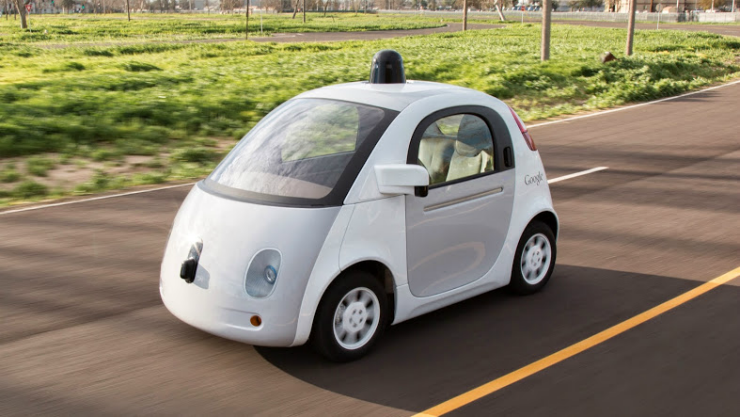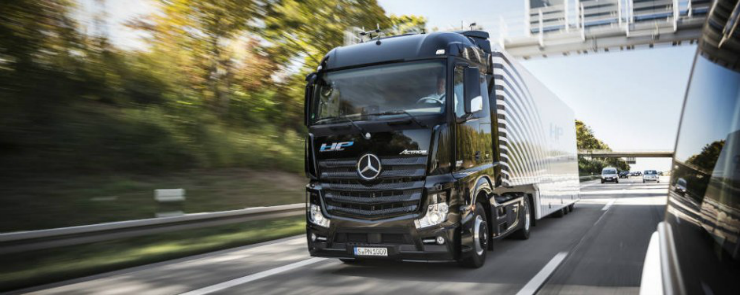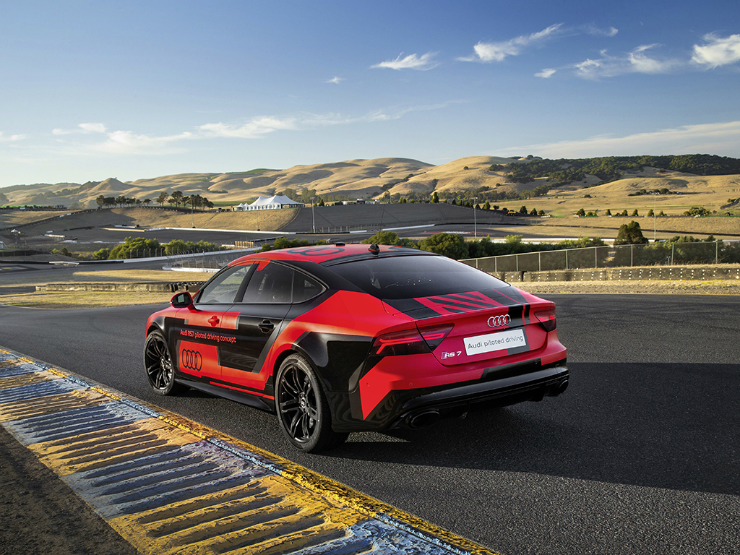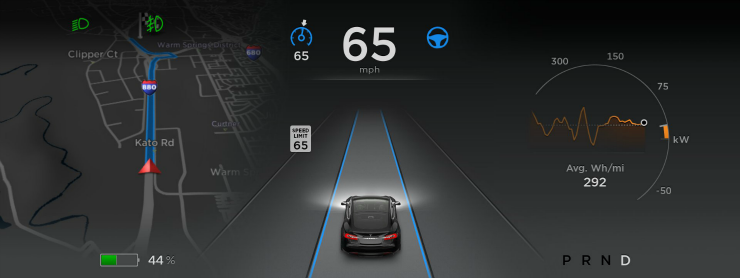2016 self-driving cars: Google, Daimler, Audi, Tesla lead pack
There’s no denying that driverless cars are on the horizon. While many people enjoy driving, it’s a safe bet to say most people don’t enjoy commuting or being stuck in traffic. Furthermore, ride-sharing companies such as Uber can plainly see the potential for removing drivers from their cars, which could lower costs, increase profits, boost safety and even decrease congestion.
Auto manufacturers and tech companies see the writing on the wall, and they’re developing systems needed to offer the automated experience for corporate and public consumption. Most manufacturers already offer semiautonomous technologies such as radar-guided cruise control, lane control and brake assist. But there are still technological and legal issues to overcome before fully autonomous cars can enter the market.
With that in mind, here’s a look at the state of autonomous cars for 2016.
Google: 2.2M miles on the odo

Ubiquitous tech giant Google is leading the pack in driverless car development. Its pod-like car has been developed in conjunction with Roush Performance. Each Google car has about $150,000 in equipment to allow it to drive itself. The heart of this equipment is a $70,000 remote sensor called LIDAR, originally developed by Velodyne. The LIDAR system creates a 3D map of the world around it, combining that information with previously created high-resolution GPS map “tracks.” This data help the car determine where it is, what is going on around it, what may happen next, and, finally, its next move. Unfortunately, because the car relies on what is essentially a highly detailed virtual track created by teams of Google employees, it is not currently able to drive just anywhere.
Google’s cars have traveled about 2.2 million miles with only about 17 small crashes.
Daimler AG: Keep on truckin’

Daimler AG, the German automotive company that owns Mercedes-Benz, has been working on an autonomous system called Highway Pilot that was recently implemented in a semi. Commercial trucking potentially has much to gain from the implementation of autonomous vehicles, as the human element is the largest limitation the trucking industry must deal with. A fully autonomous truck would only have to stop to refuel, and it would be able to maximize efficiency by controlling braking, shifting and accelerating to only when it is strictly necessary. The role of the truck driver could be relegated to a two-man team that monitors the truck’s status and progress on shifts.
Considering trucks move 70 percent of all freight in the United States, autonomous technology’s positive effect on the industry would be massive. Most products the average American regularly consumes are carried by a semi-truck, and any cost savings in shipping would trickle down to our wallets.
Mercedes-Benz successfully tested the Highway Pilot systems on public highways in both the United States and in Germany. Highway Pilot-equipped trucks still require a driver to maintain awareness and watch traffic, but the truck is able to steer, accelerate and brake on its own.
Audi: Piloted Driving ready for takeoff

Luxury car manufacturer Audi has introduced what it calls Piloted Driving, and it’s been tested on the racetrack and in real-world traffic. At the beginning of 2015, an automated A7 drove on public highways from Silicon Valley to Las Vegas, as well as on Germany’s Autobahn. The combination of these varied testing environments is “yielding valuable knowledge for series-production systems — from the sensor technology and data processing to vehicle control and stabilization,” according to the German car brand.
Surprisingly, Audi is very close to introducing Piloted Driving as a production feature, the company says. Audi plans to feature Piloted Driving in the next generation of its line-topping A8 luxury sedan. The A8 will be able to control the car while parking or in traffic up to 50 mph.
Tesla: Autopilot on road to autonomous

Electric car manufacturer Tesla recently unveiled a feature it calls Autopilot. All Model S sedans built after October 2014 were manufactured with technology that includes radar, cameras, long-range sensors and assisted-braking systems. In October 2015, an update was pushed to all Teslas produced with the appropriate hardware to allow full use of the Autopilot system, making it the first commercially available semiautonomous vehicle system.
By combining the car’s sensors with GPS data, the Model S will stay in a lane, manage speed, change lanes through the tapping of a turn signal, and avoid collisions from the front and sides. It will even scan for parking spaces and parallel park for you when one becomes available. Furthermore, Autopilot will continually learn and improve as it is used.
While fully autonomous cars are still many years away, the Tesla Model S with Autopilot is the closest thing to the experience you can currently buy.
About the author: Will Kinton thinks life is too short to drive boring cars, and enjoys sharing his passion for them. For more, be sure to follow him on Twitter at @willkinton247.
Photo credits: From top to bottom, Google, Daimler, Audi, Tesla.
See also: Just how smart are they? 5 fascinating self-driving car videos
Plus: (Not) driving the car of the future: Driverless car technology
